Latest NRAO News
News is managed by NRAO News & Public Information. Questions about News? Have a story to share? Want to interview a scientist or create new media about our telescopes?
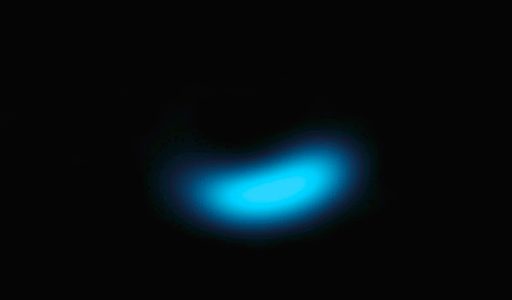
Based on a treasure trove of recent discoveries, astronomers now know that planets are remarkably plentiful in our galaxy and may be common throughout the Universe.
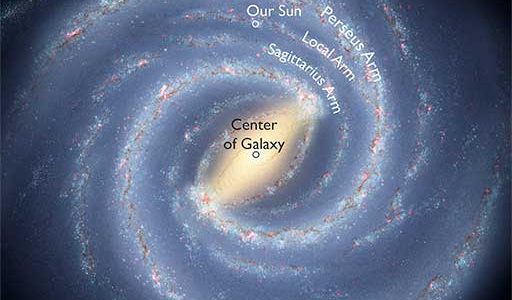
Our Solar System’s Milky Way neighborhood just went upscale.
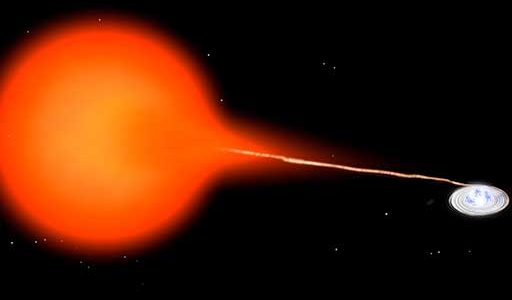
Sometimes astronomy is like real estate — what’s important is location, location, and location.
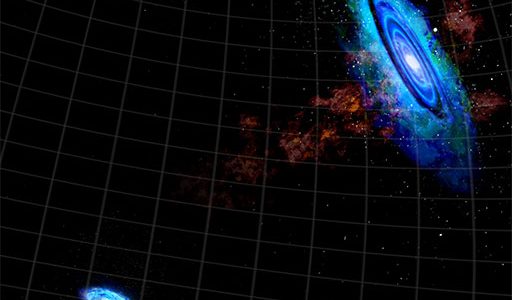
In a dark, starless patch of intergalactic space, astronomers have discovered a never-before-seen cluster of hydrogen clouds strewn between two nearby galaxies, Andromeda and Triangulum.
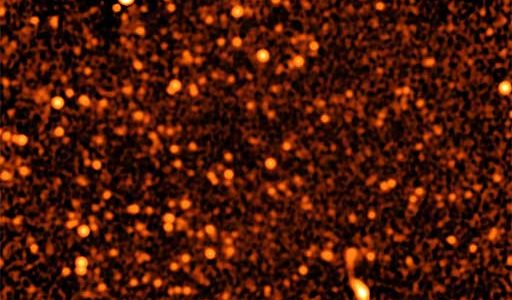
Staring at a small patch of sky for more than 50 hours with the ultra-sensitive Very Large Array, astronomers have for the first time identified discrete sources that account for nearly all the radio waves coming from distant galaxies.
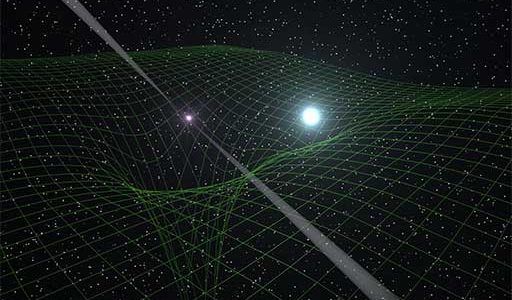
A strange stellar pair nearly 7,000 light-years from Earth has provided physicists with a unique cosmic laboratory for studying the nature of gravity.





